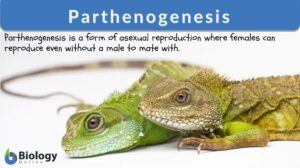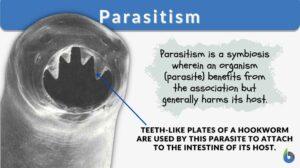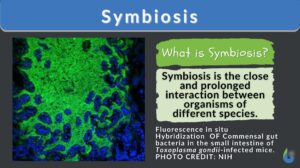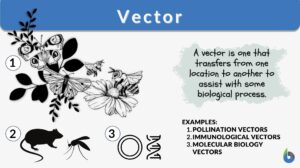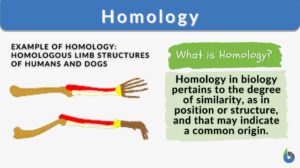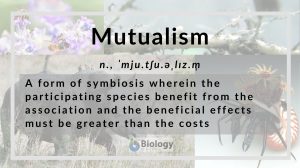Search Results for: fleas
Parthenogenesis
To reproduce, by definition, means to produce new offspring. The process is referred to as reproduction, which is one of the... Read More
Parasitism
Organisms depend on different sources of food to survive. Larger organisms like plants make their own food (autotrophs) and... Read More
Macula cerulea
Macula cerulea a bluish stain on the skin caused by the bites of fleas or lice, especially pediculosis pubis. Synonym: blue... Read More
Complete metamorphosis
Definition noun (entomology) A kind of metamorphosis in which insects undergo complete physical change, i.e. developing and... Read More
Adventitious embryony
Definition noun A form of apomixis where a nucellar embryo arises from the diploid nucellus tissue surrounding the embryo... Read More
Nucellar embryony
Definition noun A form of apomixis where a nucellar embryo arises from the diploid nucellus tissue surrounding the embryo... Read More
Ectoparasite
Definition noun, plural: ectoparasites (parasitology) A parasite that lives outside the body of the... Read More
